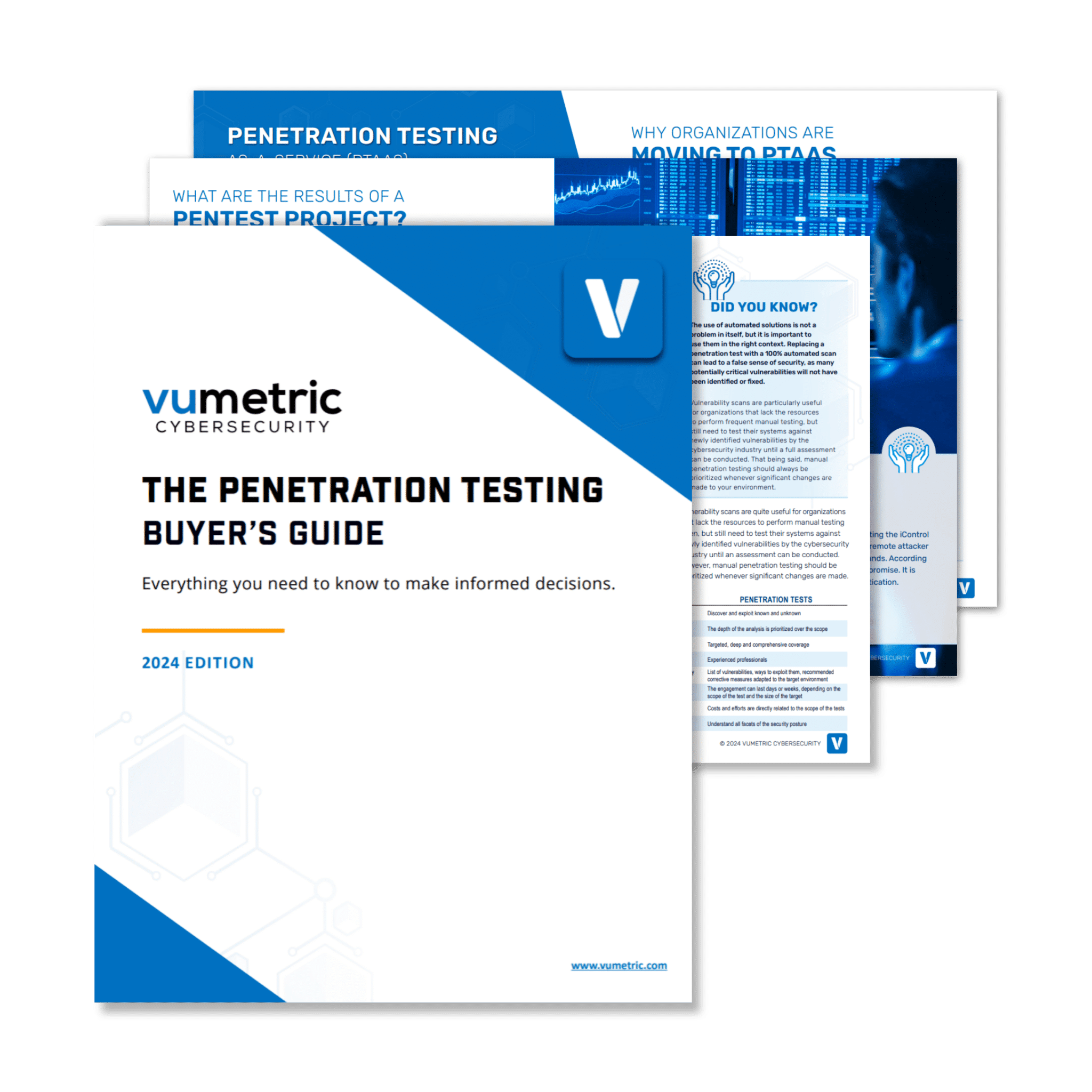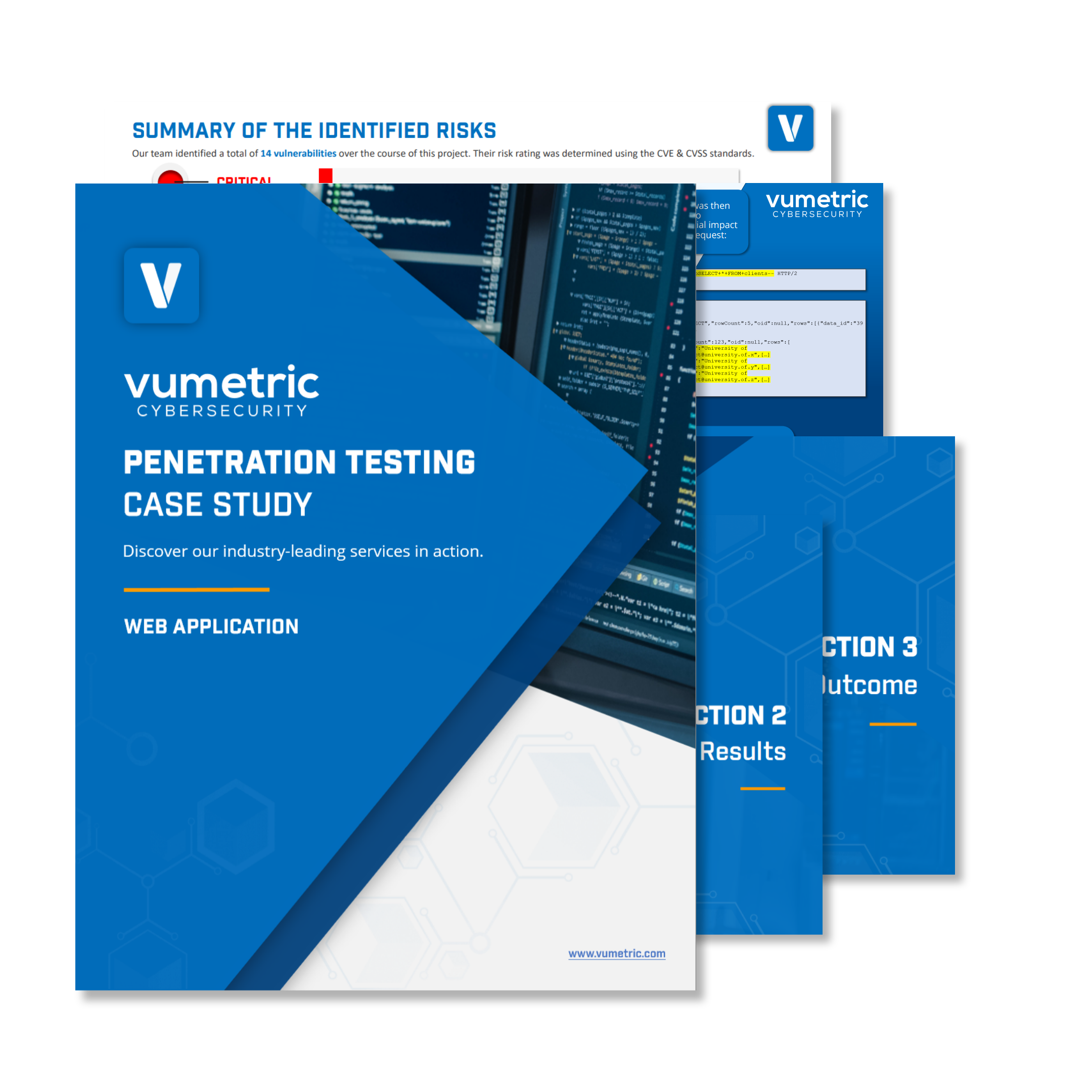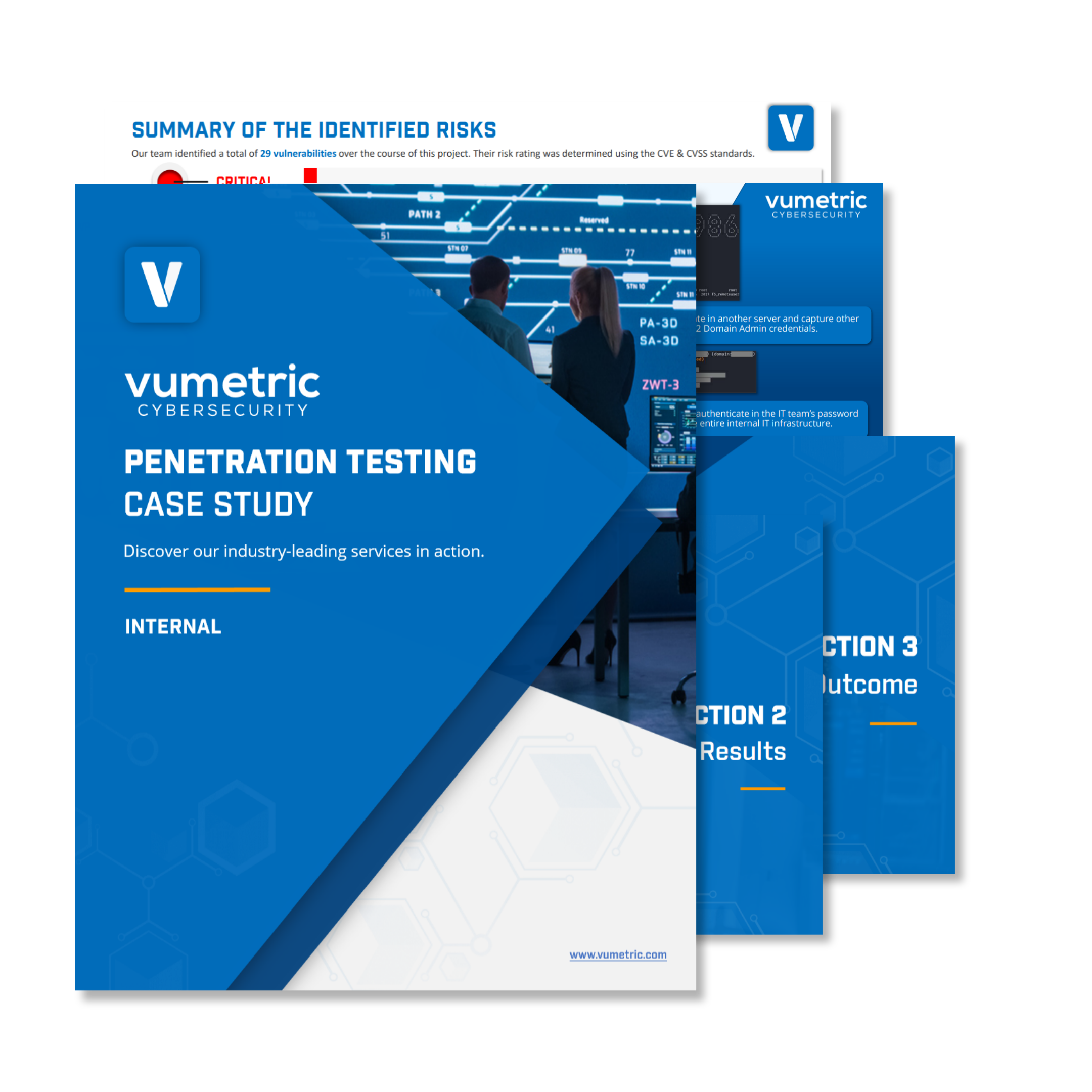In the constantly evolving world of cybersecurity, organizations must take proactive measures to identify and address vulnerabilities in their systems. A vulnerability assessment is a key component of this process, providing valuable insights into potential risks and helping businesses stay ahead of cyber threats. In this article, we will delve into the specifics of vulnerability assessments, the importance of conducting them regularly, and best practices for ensuring your organization remains secure.
Understanding Vulnerability Assessments
A vulnerability assessment is a systematic process of identifying, prioritizing, and addressing security vulnerabilities within an organization’s network, systems, and applications. The primary goal is to uncover potential weaknesses that cybercriminals can exploit and to recommend remediation strategies to strengthen your organization’s security posture.
- Identification: The first step involves discovering vulnerabilities using automated tools, manual testing, or a combination of both. This stage helps organizations understand their overall risk exposure.
- Prioritization: Next, vulnerabilities are ranked based on severity, potential impact, and likelihood of exploitation. This enables organizations to focus on the most critical issues first.
- Addressing: Finally, organizations develop and implement remediation strategies to mitigate the identified vulnerabilities, reducing the risk of successful cyberattacks.
The Importance of Vulnerability Assessments
Conducting regular vulnerability assessments is essential to maintain a strong security posture. Here’s why:
- Early Detection: Vulnerability assessments can help organizations identify weaknesses before they’re exploited by cybercriminals, allowing for proactive defense.
- Regulatory Compliance: Many industries require regular vulnerability assessments to comply with regulations and maintain certification, such as HIPAA, PCI-DSS, and GDPR.
- Better Resource Allocation: By understanding the risks in their environment, organizations can make informed decisions about where to invest time and resources to improve security.
- Increased Awareness: Vulnerability assessments foster a culture of security awareness within an organization, ensuring that all employees understand the importance of cybersecurity and their role in maintaining it.
Best Practices for Conducting Vulnerability Assessments
To maximize the effectiveness of your vulnerability assessments, follow these best practices:
- Regular Assessments: Schedule vulnerability assessments at least once a year, or more frequently depending on your industry and regulatory requirements. This ensures continuous monitoring and timely identification of new vulnerabilities.
- Comprehensive Scope: Assess all network devices, applications, and systems to get a complete picture of your organization’s risk exposure.
- Use Multiple Tools: Employ a combination of automated tools and manual testing to increase the likelihood of identifying vulnerabilities that may be missed by a single method.
- Continuous Improvement: Regularly review and update your vulnerability assessment process to ensure it remains effective and aligns with evolving threats and industry standards.
External Penetration Testing
Case Study
See our industry-leading services in action and discover how they can help secure your external network perimeter from modern cyber threats and exploits.
Penetration Testing Guide
(2024 Edition)
Everything you need to know to scope, plan and execute successful pentest projects aligned with your risk management strategies and business objectives.
Web Application Penetration Testing
Case Study
See our industry-leading services in action and discover how they can help secure your mission-critical Web Apps / APIs from modern cyber threats and exploits.
Internal Penetration Testing
Case Study
See our industry-leading services in action and discover how they can help secure your internal network infrastructure from modern cyber threats and unauthorized access.
Vulnerability Assessment in Action
In 2019, a major financial institution discovered a critical vulnerability in its online banking system during a routine vulnerability assessment. This vulnerability could have allowed attackers to bypass authentication and access sensitive customer information. By identifying and addressing the issue before it was exploited, the financial institution prevented a potentially disastrous data breach and maintained customer trust.
Vulnerability Assessments vs. Penetration Testing
It is important to note that vulnerability assessments are often misinterpreted as a full replacement for penetration testing. While both practices aim to improve an organization’s security posture, their uses differ significantly and should be employed in different contexts.
Vulnerability assessments focus on identifying and prioritizing security weaknesses within an organization’s systems, networks, and applications. They provide a comprehensive overview of potential vulnerabilities and offer remediation strategies to mitigate them.
On the other hand, penetration testing is a simulated cyber attack that aims to exploit identified vulnerabilities. Penetration testing evaluates the effectiveness of an organization’s security controls and measures its resilience against real-world attacks. In contrast to vulnerability assessments, penetration tests are typically more targeted and focus on specific high-risk areas.
While vulnerability assessments are crucial for discovering potential security weaknesses, penetration testing helps validate and refine an organization’s defenses. The two practices complement each other and should be used in conjunction to build a robust cybersecurity program.
To better understand the differences between vulnerability assessments and penetration testing, and when to use each method, read our detailed article explaining the key distinctions and use cases.
In Summary
Vulnerability assessments are a critical component of an organization’s cybersecurity strategy. They help identify and prioritize potential weaknesses in systems, networks, and applications, enabling proactive defense and informed decision-making. Regular assessments, comprehensive scope, employing multiple tools, and continuously improving processes are essential best practices to maximize the effectiveness of vulnerability assessments.
As a trusted advisor in cybersecurity, our team of experts can help you conduct thorough vulnerability assessments tailored to your organization’s needs. Contact us today to discuss your requirements and ensure your organization remains secure in the face of ever-evolving cyber threats.








